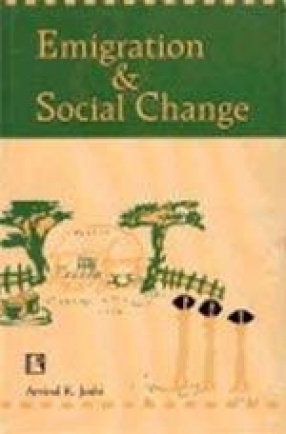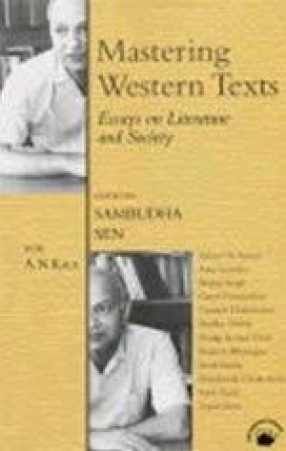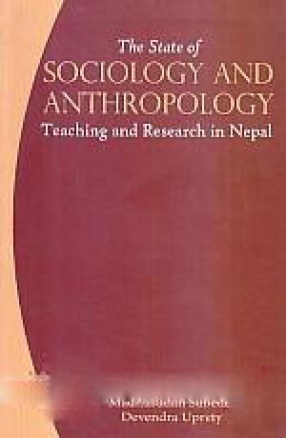All over the world the population of aged is increasing relative to the level of development. There is no doubt that population ageing will affect every single individual of the society in many ways. India too, faces many demographic problems in the shape of the rising profile of the aged population. The population of the aged, that is, those of the age of 60 years and above is on the increase. In 1971, they were 28 million and in 1981, 42 million, in 1991, 56 million and in 2001, 75 million. It is expected that in 2025 their population will be more than 175 millions. Their proportion in the population has gone up. State-wise dependency ratio in totality is high in rural areas as compared to the urban. The total (DRY+DRO) dependency ratio in 1991 was 1000:794 in which 122 were old persons. It is also important to note that almost 40 percent of them are below poverty line. A large portion of the aged is that of widows and widowers. The proportion of widowers is almost three times less than that of widows.
Emigration and Social Change: A Sociological Study of the Early Emigrants of Andamans
The book analyses the ...
$22.50
$25.00






There are no reviews yet.